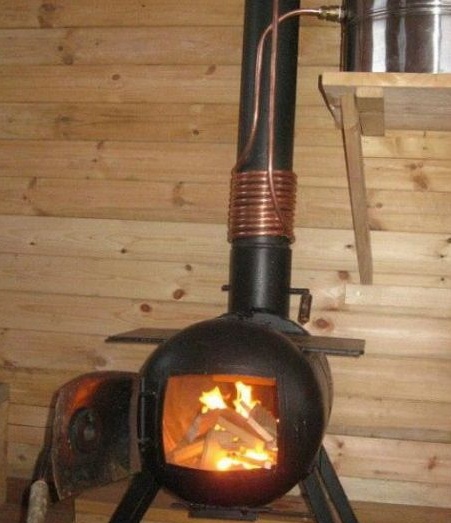
I present to your attention a homemade gas cylinder stove do it yourself. To make this miracle stove, the author took a regular gas cylinder. This stove will be indispensable in the country, where there is no heating and hot water. This oven solves this problem quite easily!
To begin with, the author marked the places for sawing:
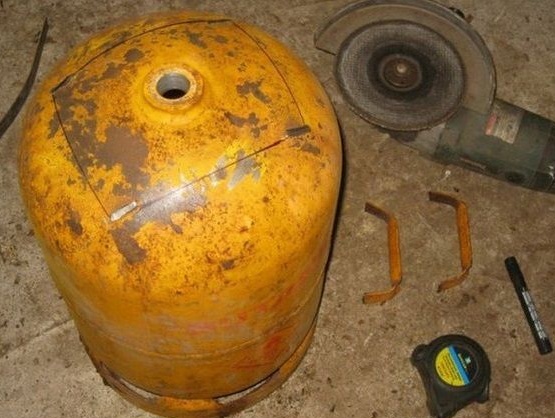
The end part of the cylinder and the upper part are cut off.
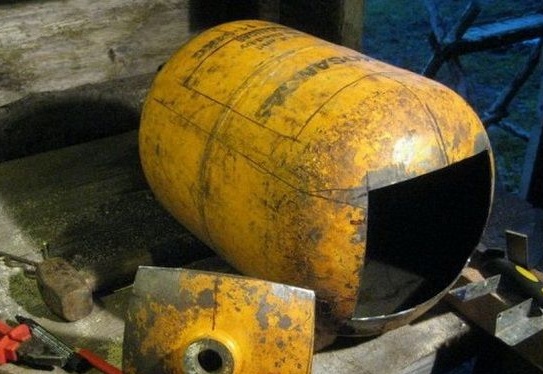
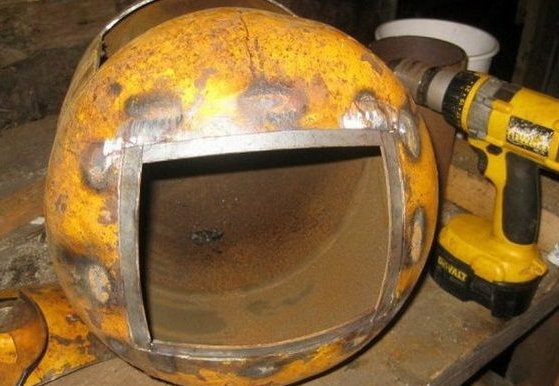
The front part, where there will be a door, the ends are cleaned.
The next step, the author makes a hinge on the door. An ordinary steel pin is taken and steel billets are welded onto it, in which holes are drilled.
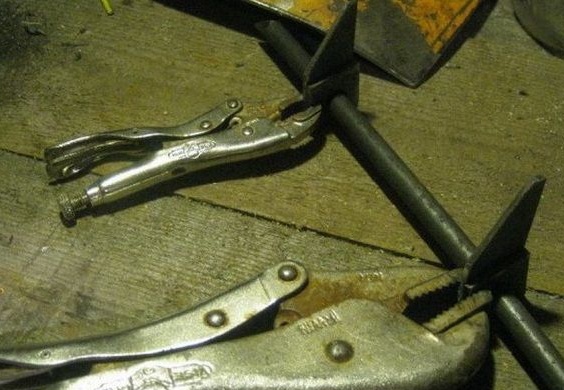
Similar actions are performed with the door itself. Metal billets with holes are also welded for fastening to the container itself.
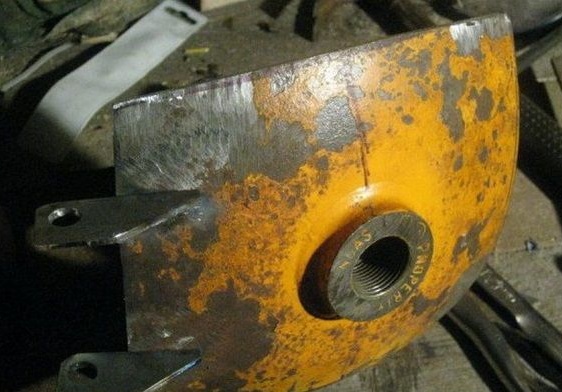
We weld a handle to the door that locks the combustion chamber.
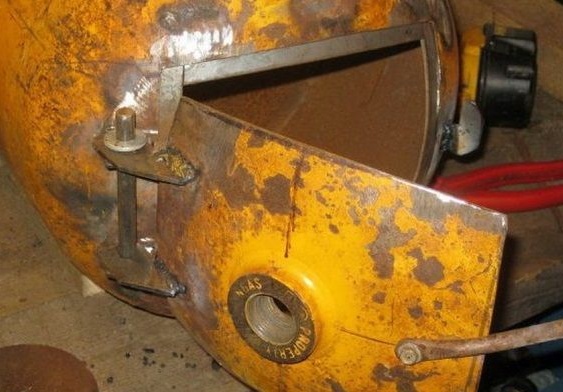
A hole is attached to the hole remaining from the tap, which closes the hole with a diameter. This is the so-called blowing, for air circulation.
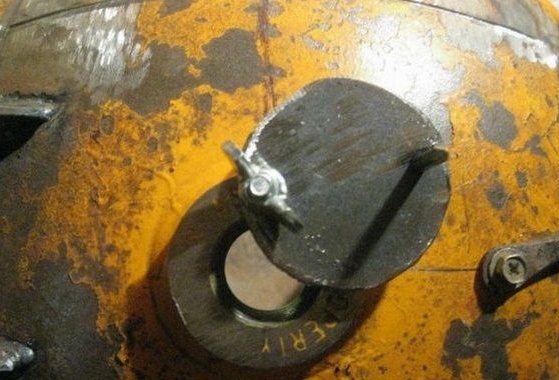
Now we install a thick sheet of iron on the slot on the "back" of the balloon. This is a stove on which you can cook food or warm the kettle. But you never know what!
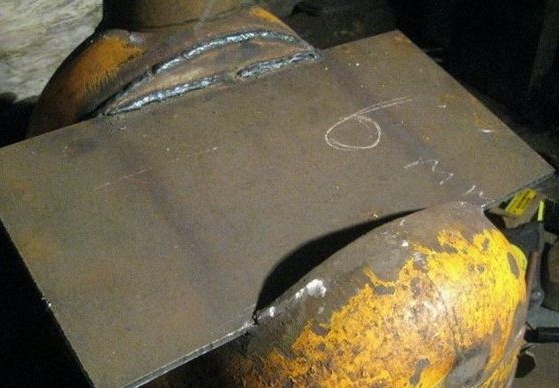
Then a thick-walled chimney pipe is installed.
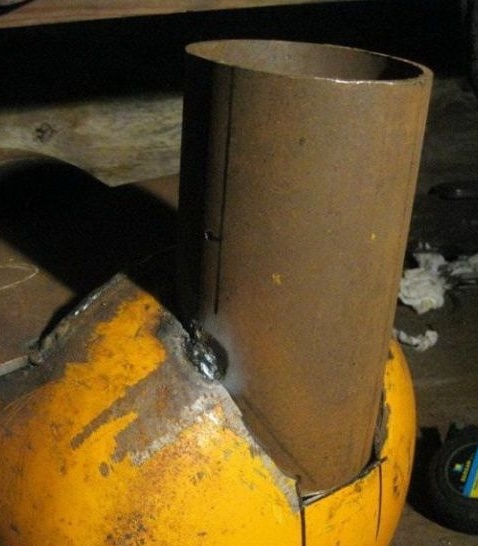
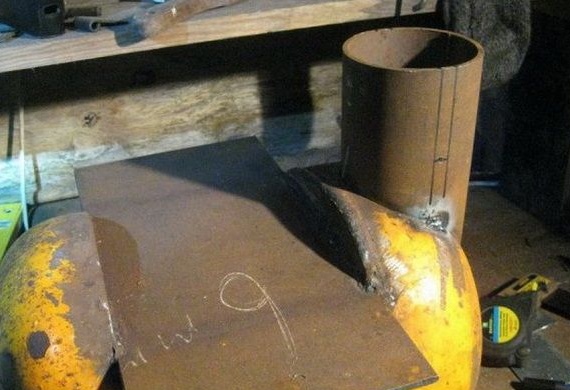
The next step is marking the pipe and drilling holes in it.
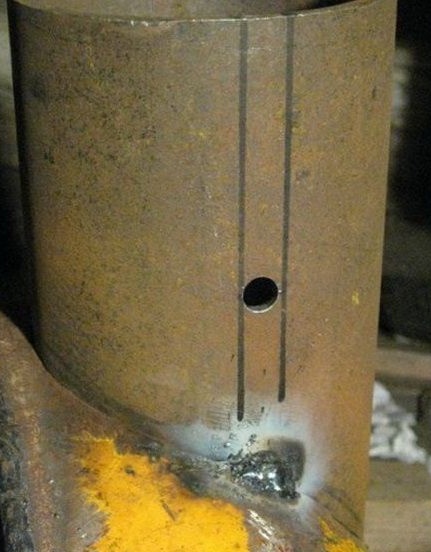
Such a detail is inserted into these holes.

An iron circle smaller in diameter than the pipe itself is welded onto a metal rod. Slots should remain around the edges so that air can circulate freely. If traction is needed more or less, this valve is opened or closed.
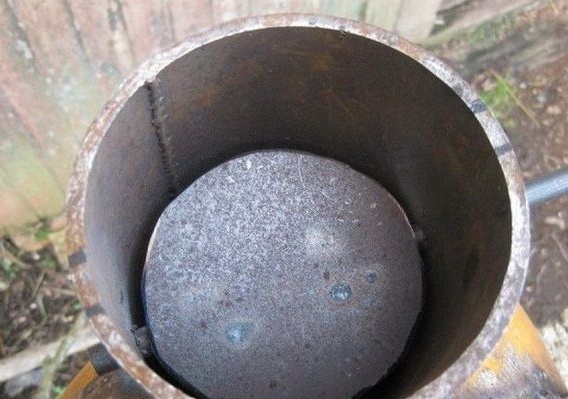
This is how the oven should turn out.
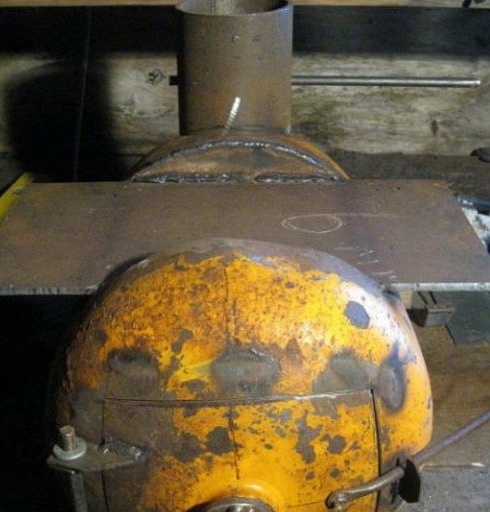
Now he makes legs for the stove. For this, four pieces of rectangular shape and a pair of metal strips are needed. Weld the legs like this.
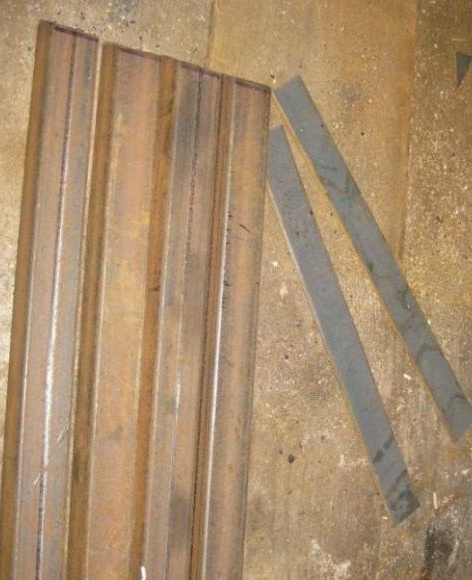
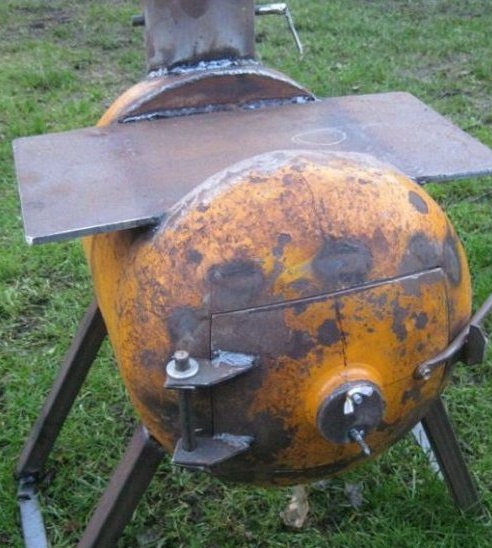
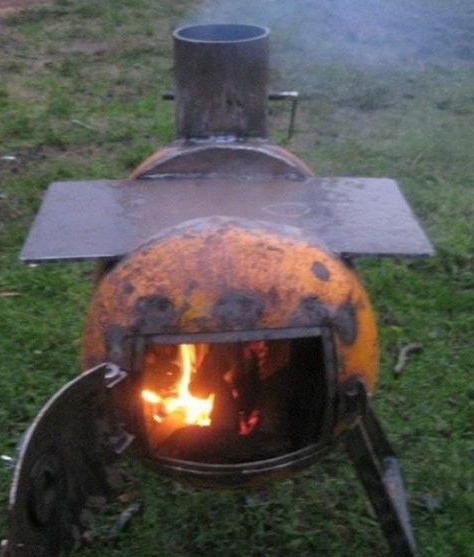
For an aesthetically finished look, the author covers his product with black paint. The finished stove looks like this. As if purchased!
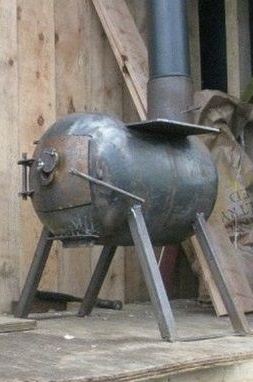
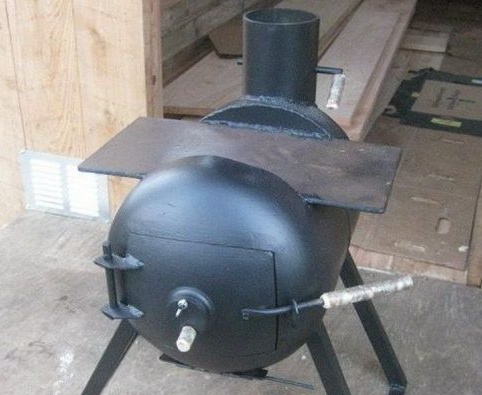
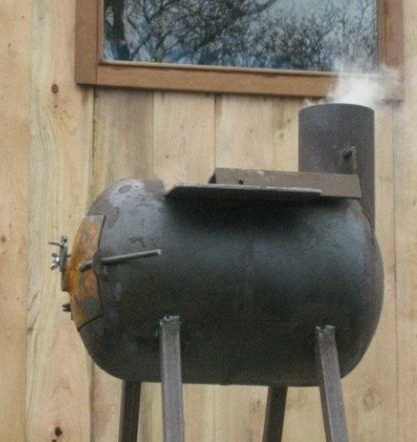
The next step, the author of this product takes a water tank and inserts a pair of pipe fittings into it.
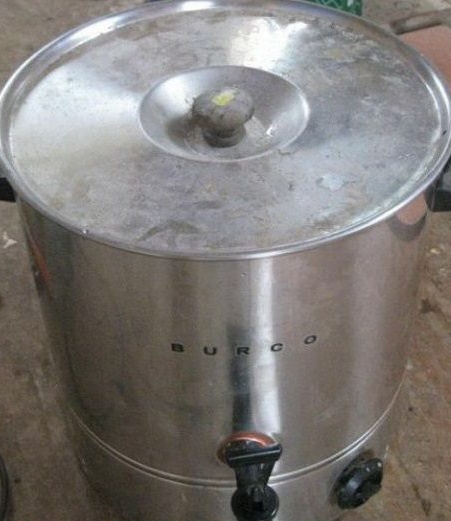
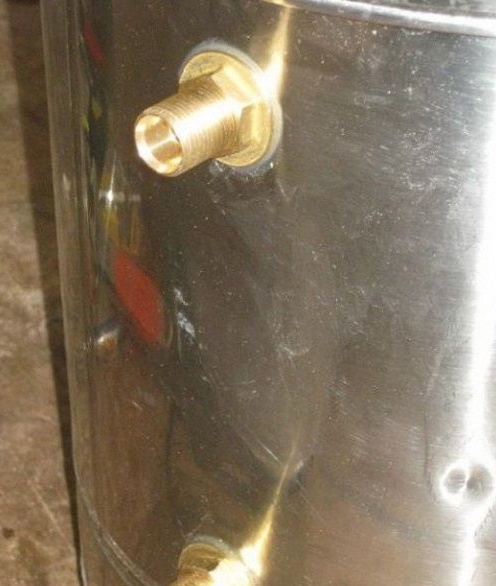
Copper tubes are inserted into these fixtures, which are pre-wrapped around the chimney.
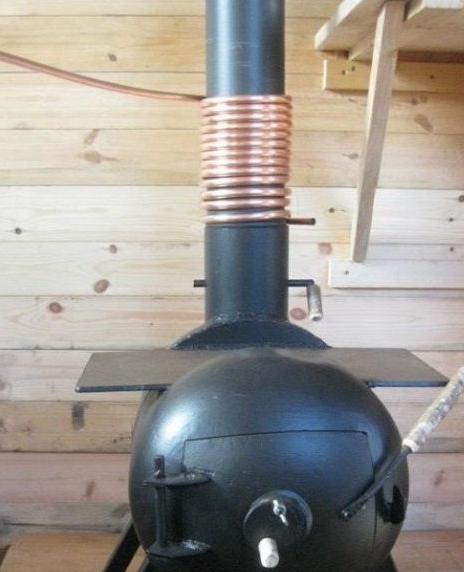
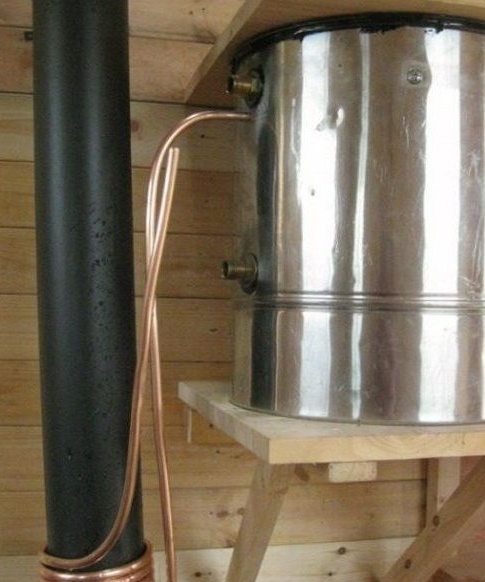
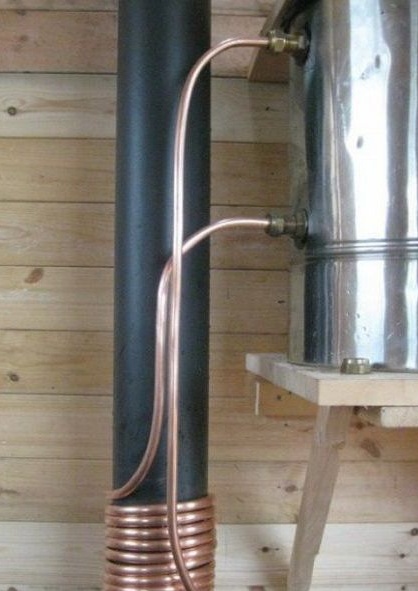
Fully finished stove with a water heating element.
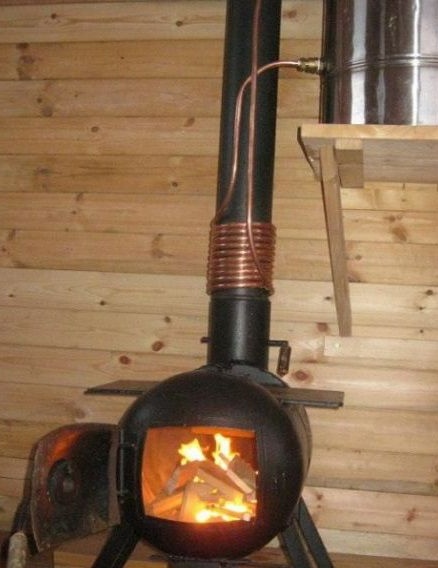
Since this stove will be installed at home, there must therefore be a pipe facing the street. And since the pipe is straight, that is, the hole goes directly into the combustion chamber of firewood, the author decides to close the top of the roof so that rain does not get into it. An ordinary metal bowl, a small bucket or something else suitable for these purposes is taken. Mounts are made for putting on the pipe.
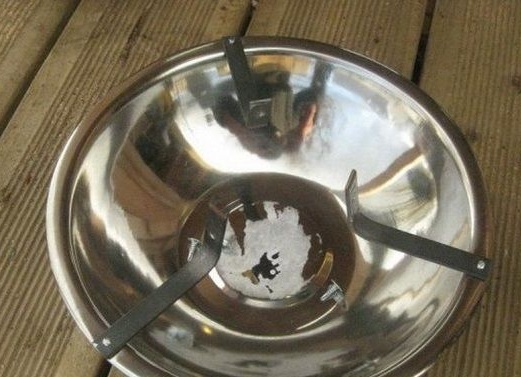
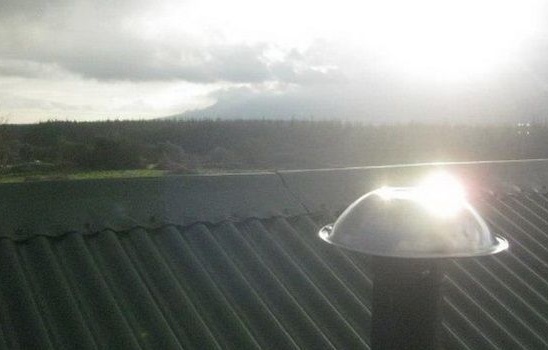
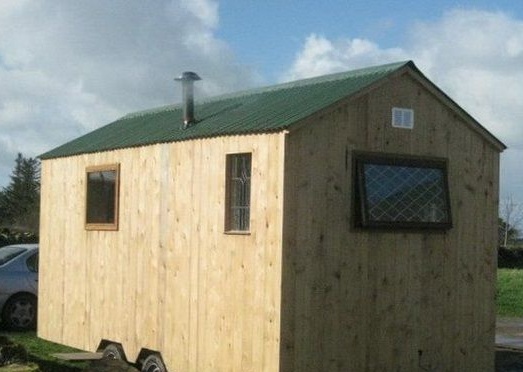
In the end, it turns out such a wonderful portable oven, easy to operate. And it’s not difficult to assemble.
